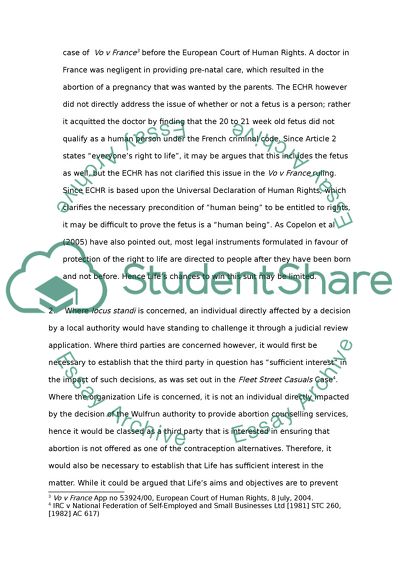Cite this document
(The Criminal Justice And Public Order Act Case Study, n.d.)
The Criminal Justice And Public Order Act Case Study. Retrieved from https://studentshare.org/law/1731459-law-llb-public-law
The Criminal Justice And Public Order Act Case Study. Retrieved from https://studentshare.org/law/1731459-law-llb-public-law
(The Criminal Justice And Public Order Act Case Study)
The Criminal Justice And Public Order Act Case Study. https://studentshare.org/law/1731459-law-llb-public-law.
The Criminal Justice And Public Order Act Case Study. https://studentshare.org/law/1731459-law-llb-public-law.
“The Criminal Justice And Public Order Act Case Study”, n.d. https://studentshare.org/law/1731459-law-llb-public-law.


